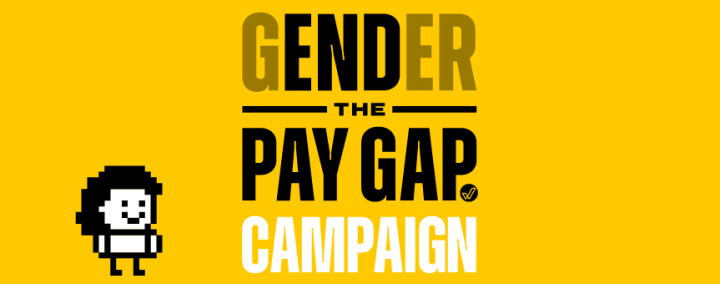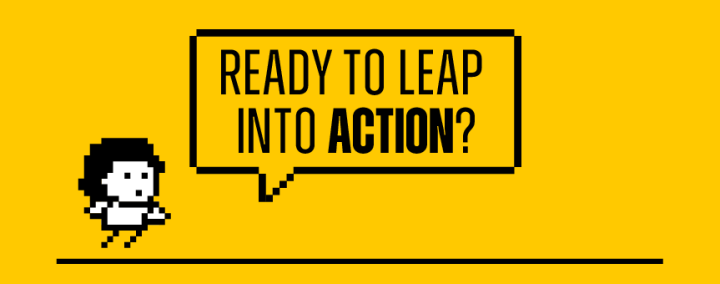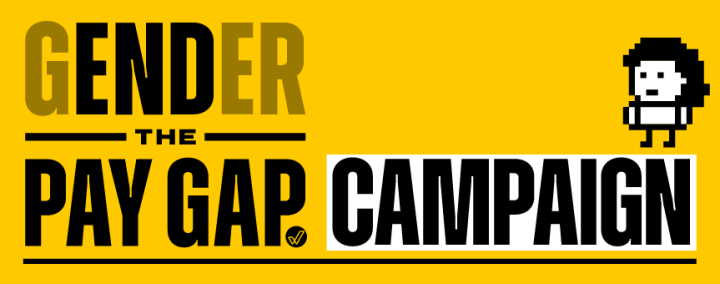Brup Booh! Incorrect answer explanations
Incorrect answer explanations
Fill in your knowledge gaps to help bridge the gap on gender equality.
The gender pay gap is not same as equal pay
The gender pay gap shows the difference between the average or median amount men earn in a workplace compared to women. The gap is expressed as a proportion of men’s earnings. So a positive gender pay gap means men earn more, on average, than women. And a negative gender pay gap means women are earning more, on average than men.
Equal pay is the legal requirement to pay people the same amount for doing the same job, or a job of similar value – like award wages for nurses, waitstaff or childcare workers. Unequal pay can be one cause of a gender pay gap. But just fixing illegal instances of unequal pay alone, won’t remove barriers preventing people from earning more in an organisation, such as recruitment or promotion bias or stereotypes about who’s best for different roles.
If you work for an employer with 100 or more employees in Australia, you can check out their gender pay gap on WGEA’s Data Explorer. WGEA will release the next round of data on March 4.
For every $1 a man earns, a women earns 78c
Australia’s current total remuneration gender pay gap is 21.8%. This equates to women earning $550 less each week, on average, than men. This stubborn gap limits the lifetime earnings of Australian women, hobbling their ability to save, invest and build long-term financial security for themselves and their families, and to reach their full earning potential.
WGEA’s Gender Pay Gap Analysis Masterclass guides employers on how to use their data to understand the experiences and outcomes in a workplace that may be contributing to the gender pay gap.
Just 22% of Australian CEOs are women
The proportion of women CEOs in Australia barely changed in a decade, despite more women completing university degrees and moving into management.
Those 22% are also paid significantly less, on average, than their men counterparts. Women CEOs are, on average, paid $74,923 less per year as base salary. When you include including bonuses and discretionary pay, the value of this gap increases to $158,632 per year.
Want to know how many men or women are CEOs in your industry? View the data on the WGEA Industry Data Explorer.
WGEA’s Action Planning Playbook offers guidance for employers looking to understand and act on the barriers that may prevent under-represented groups from accessing leadership roles.
Western Australia has the largest gender pay gap
Every state and territory in Australia has a gender pay gap in favour of men. The gap is the largest in Western Australia, where men earn nearly a third more (29.5%), on average, than women.
In Western Australia, more men work in mining, and more women work in healthcare. The average income in healthcare, is barely half that of mining. This isn’t about equal pay for equal work, that’s already the law. This is about the relative value of different roles and jobs in different industries. The Fair Work decision to raise the wages of aged care workers, who are mostly women, was the single-biggest contributing factor to the reduction in Australia’s gender pay gap in the last 12 months.
You can find out where women and men work in your workplace on WGEA’s Employer Data Explorer under the workforce composition tab. In March, WGEA will also release the gender spilt and average remuneration for each pay quartile for each employer – offering a new insight into what’s driving each employer’s gender pay gap.
69% of employers consulted their employees on gender equality
If you want to find the barriers to equality in your workplace, it makes sense to ask the people who work there about their experience.
In 2023-24, 69% of Australian employers consulted their staff about gender equality. While it’s not everyone, it’s a big increase on the year before when only 47% asked questions.
You can find out which employers consulted – or didn’t – on WGEA’s Data Explorer.
Women earn $28,425 less each year, on average than men
That’s an average of $550 less each week. It’s a lot when you consider that women need to pay the same amount for housing, food, and medicines. It’s also more than the average weekly rental in many States.
Find out the gender pay gap in your workplace on WGEA’s Data Explorer.
Employers with a gender pay gap can find the causes that are unique to their business by conducting a gender pay gap analysis. Once you can see where the problems might be occurring, you can develop an Action Plan to address them over time.
68% of employers offer paid parental leave
Most employers offer paid parental leave to their employees, in addition to the Government scheme. Many are also moving towards gender-neutral policies in recognition that men want to be active, involved and equal parents. But many men still face barriers to accessing parental leave, either because their employer only offers parental leave to women, or because the culture of the workplace makes it hard to take leave to care for their children.
This year 17% of all primary carers’ parental leave was taken by men – more than double the amount taken 4 years ago. Norms are changing and workplaces are changing too, and this benefits everyone.
You can check your employer’s parental leave policy inclusions and exclusions on the WGEA Data Explorer. Men-dominated industries are the least likely to offer paid parental leave and some employers still offer parental leave to women only.
Offering paid-parental leave equally to both women and men is a valuable recruitment and retention tool. WGEA’s Action Planning Playbook details how this can work.
26% of boards have no women
The gender composition of boards sends a message that reflects well – or not – about the organisation’s approach to gender equality. Evidence shows more diversity on boards leads to better decisions, productivity and profitability.
But many boards, particularly in men-dominated industries, still have no women at the table. And a small number have no men.
You can find out the gender-balance of your employer’s board and those within your industry on the WGEA Data Explorer.
If your board is struggling with recruiting a diversity of members, you can explore actions that may help in the short, medium and long term in WGEA’s Action Planning Playbook.


